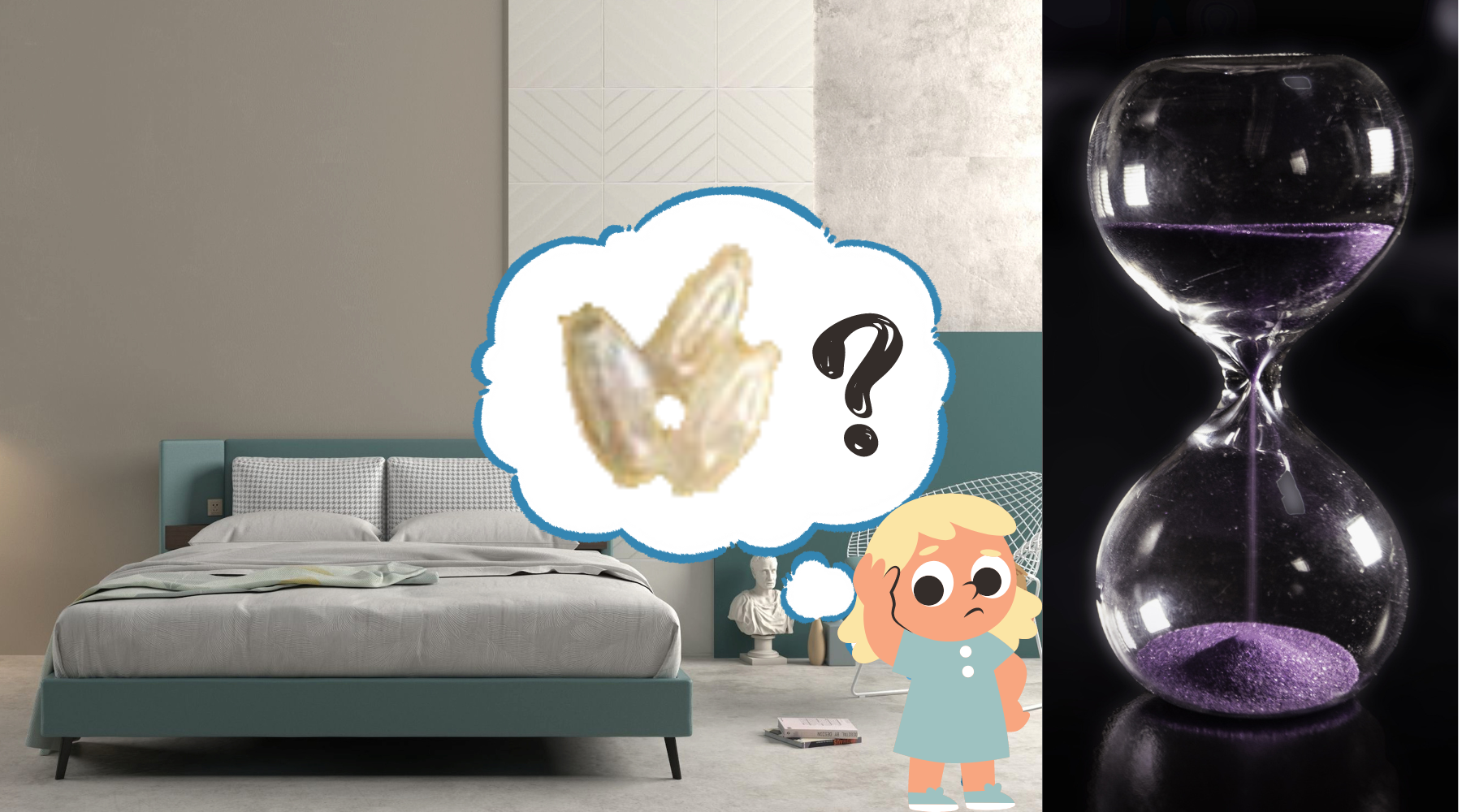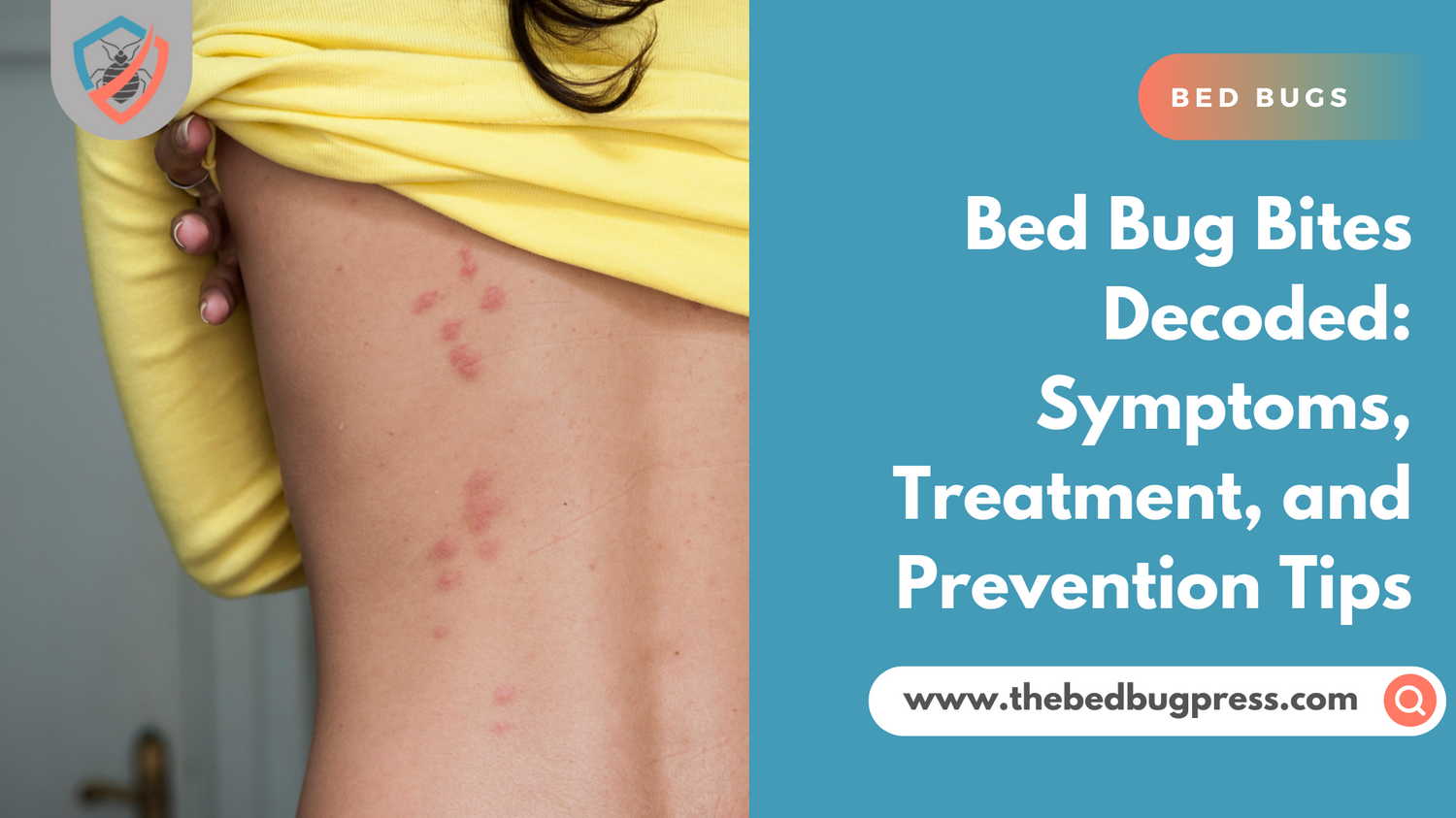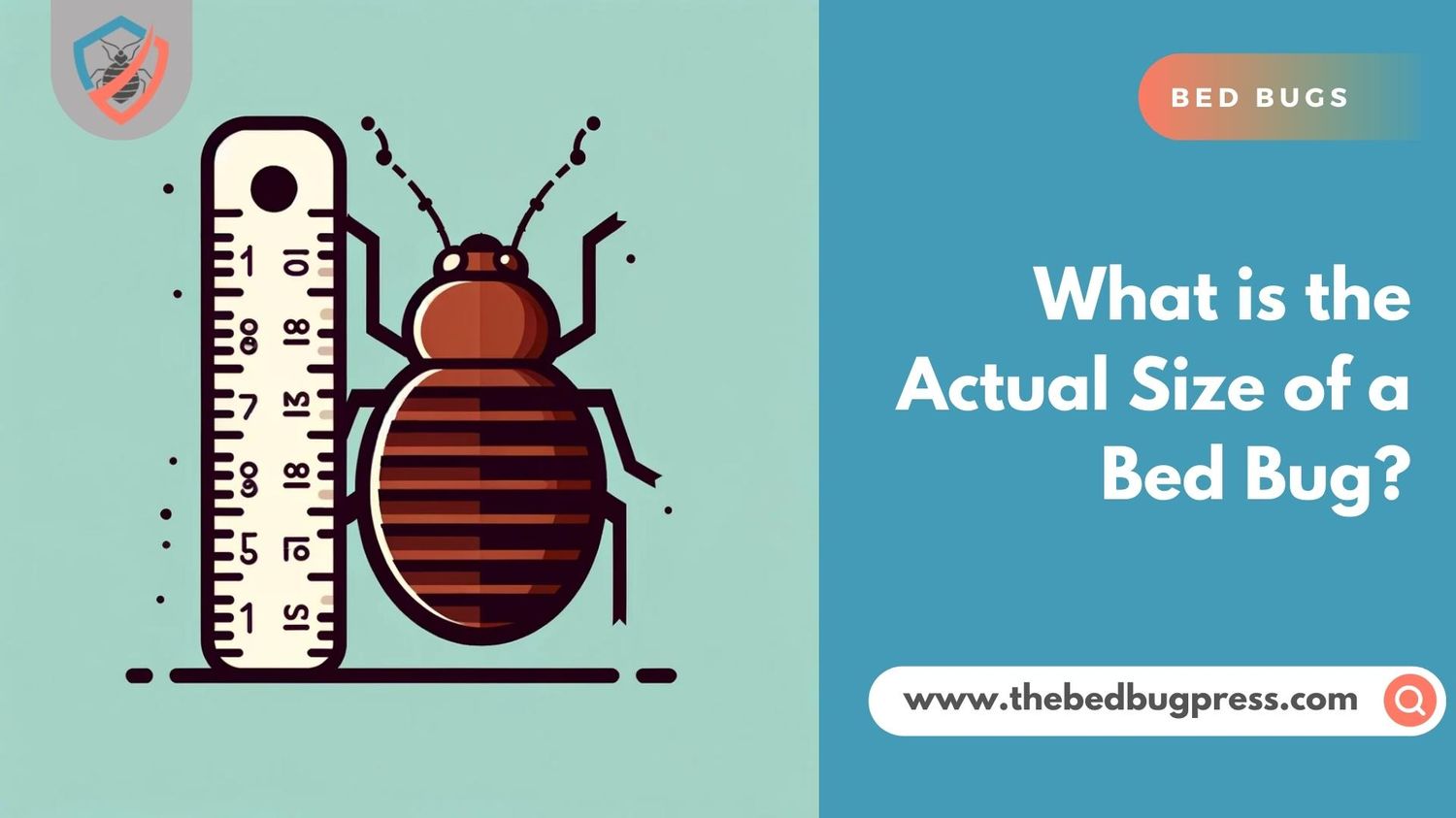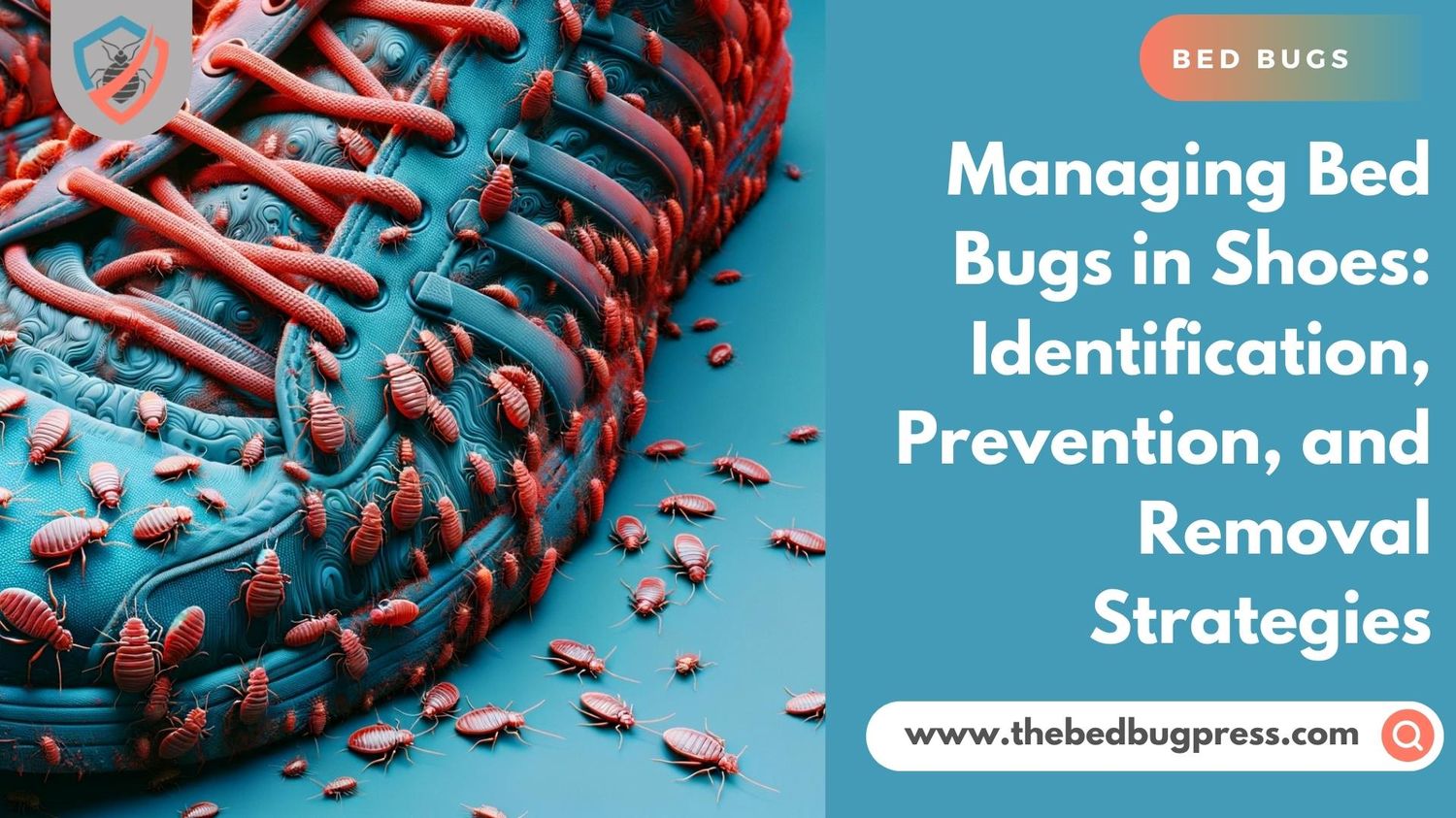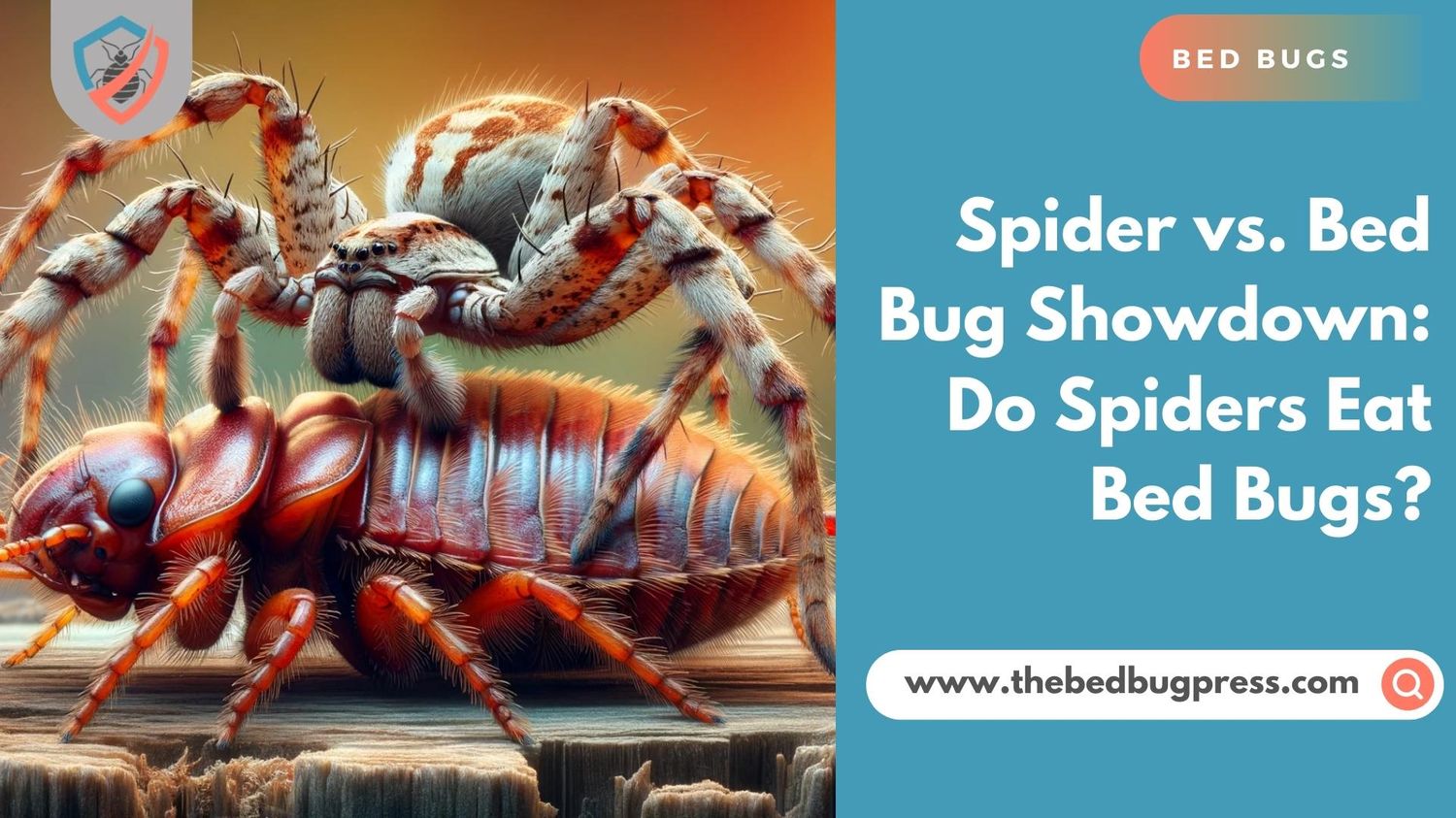Bed bugs are interesting creatures because they can survive without feeding for months. These critters start as tiny eggs that are only one millimeter in length. Bed bug eggs are almost invisible on cloth sheets, mattress covers, and other light-colored surfaces.
Bed bug eggs take about one week to hatch at room temperature. When they hatch, a new batch of nymphs or young bed bugs is born.

How Long Do Bed Bugs Live?
So, how long do bed bugs live when they reach adulthood? As baby bed bugs develop into adults, their life spans also vary. Bed bugs typically live for long periods, they can live about 10 months to a year. This lifespan can vary depending on certain conditions such as temperature, humidity, and access to a food source (i.e. human or animal blood). Female bed bugs can lay hundreds of milky white eggs in their lifetime, so even a small population can quickly grow into larger bed bug infestations if left unchecked.
The bed bug life cycle consists of five rounds of molting. Bed bugs need a blood meal to shed their skin and grow into an adult. It takes around fifty to sixty days for bed bugs to reach sexual maturity.
At this point, female bed bugs lay eggs and start the whole cycle again. Adult bed bugs will achieve their full size after the 5th round of molting.

How Long Do Bed Bug Eggs Live Before Hatching?
Female bed bugs can lay around 200 to 250 eggs during their lifespan. Each egg lives for about six to ten days before hatching. Eggs can be laid in groups or individually.
Wandering female bed bugs, especially those that hitched a ride, can lay eggs anywhere in your home. Under favorable conditions (70° F to 90° F), almost 97% of the bed bug eggs hatch successfully. A bed bug egg hatch time increases by several days under unfavorable conditions (50° F).
Once hatched, the young nymphs will immediately look for food. They can survive for a few weeks without consuming anything, but they will need several blood meals to molt and mature.
The time it takes for nymphs to develop depends on the presence of a food source and ambient temperature. If they can get a blood meal within the first twenty-four hours of molting, they will remain in that phase for five to eight days before shedding their skin again.

At lower temperatures, they may take ten to eleven days longer to molt. If they do not have access to a food source, they will remain in that phase until they can find food or die.
It can take around thirty-seven days for bed bugs to develop from a small egg to an adult. Some nymphs die before becoming adults even under optimal conditions.
Newly hatched nymphs cannot travel long distances to find a host. If the eggs are laid far from the food source, the newly emerged nymphs could die of dehydration before taking their first blood meal.
Adult bed bugs can survive for a long period without feeding. They can live for up to 18 months under favorable conditions. However, the average bed bug life is anywhere from two to four months.
Ways to Kill Bed Bugs and Achieve Bed Bug Control
The best way to deal with a bed bug infestation is through a combination of heat treatments and chemical measures applied by pest management professionals. However, hiring a PMP can be expensive. But you do not need to worry because you can get rid of bed bugs.
Dealing with bed bugs on your own can be time-consuming and frustrating, but worth it. You may need to move personal items, furniture, or household goods to find bed bugs. That is why you should plan how you are going to treat each infested area.

First things first…
To find bed bugs, you need:
- flashlight
- plastic bags
- hot soapy water
- clear tape
- an old or used credit card
Get a flashlight then move the card along crevices and cracks to push out the bed bugs.
Trap the bed bugs with sticky tape and wipe the infected area with hot soapy water to remove blood stains, eggs shed skin and droppings.
Now, here are some of the best ways to control bed bugs.
Wash Infested Items
Put the infested linens and clothes in dissolvable plastic bags until you can wash these items. That way, you can reduce the risk of spreading bed bugs throughout your home.
Wash and dry the items at the highest temperature they can withstand. If the items cannot be washed, you can dry them for thirty minutes at the highest temperature possible.
Vacuum
Vacuum the baseboards, floor, and mattress. Sprinkle diatomaceous earth onto the floor before vacuuming. Use the brush attachment to clean the bed frames, mattress, and box spring.
Pay special attention to the mattress seams. Then, clean the baseboards and bed frame with the crevice tool. Finally, sweep the floor properly. Once you are done, throw the disposable filter bag outside your house.

Steam
Use a commercial steamer to get rid of bed bugs living in your home. The surface temperature of the infested area should be 160 to 180°F. Using an infrared thermometer can help in monitoring the temperature.
Dry Heat Treatment
Pest management professionals conduct dry heat treatments to make sure that all infested rooms and items reach the required temperature for killing bed bugs. You can also use portable bed bug heaters to do the treatment on your own, provided that you observe all precautionary measures before starting.
Freezing
Freezing the infested items is an easy way to get rid of bed bugs. Leave the infested items in the freezer for four days at 0°F.
Insecticides
Bed bugs can move from one place to another. That is why you should not place anything on your bed that may contain bed bugs, especially when you have just returned from a trip. Insecticides can help prevent bed bugs from starting an infestation in another part of your home.
Reminder: Always read the product’s label before use.
Make sure to read the label and follow the manufacturer’s instructions on how to use it. Do not use an insecticide labeled for other critters because it can cause the bed bugs to scatter. You can also hire pest management professionals to do the job for you.

Use Zippered Bed Bug Mattress Covers
Mattress covers can be used to prevent bed bugs from entering or escaping the mattress. If your mattress is infested, you should cover it to contain the critters. They will die after two weeks, but you should not remove the cover for at least eighteen months.
Do not forget to cover the zipper flap with duct tape to seal the seams. Remember, bed bugs can survive for a year without consuming anything, so you should leave the cover on for at least one year.
Ways to Prevent Bed Bugs from Entering Your Home
Bed bugs are small, reddish-brown insects that feed on the blood of humans and animals. To prevent bed bugs from infesting your home, it’s important to take a proactive approach.
- Inspect secondhand furniture, clothing, and luggage before bringing them into your home.
- Vacuum your home regularly, including the cracks and crevices in furniture and along baseboards.
- Use bed bug-proof encasements on your mattress and box springs.
- Reduce the clutter in your home, which makes it easier to detect and treat bed bugs if they do appear.
- When traveling, inspect hotel rooms for bed bugs and use luggage stands or store luggage away from the bed and walls.

Bed bugs can be a nuisance and difficult to get rid of once they have infested your home. By following these simple preventative measures, you can reduce the risk of bed bugs in your home and minimize the chances of a potential infestation.
Stay vigilant, inspect regularly, and take action promptly if you suspect bed bugs in your home. By doing so, you can rest easy knowing that you have taken steps to protect yourself and your family from these pesky pests.

